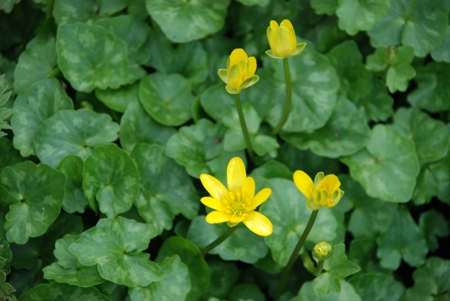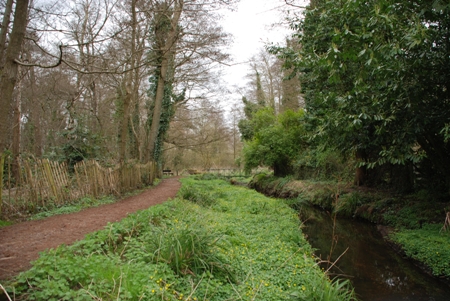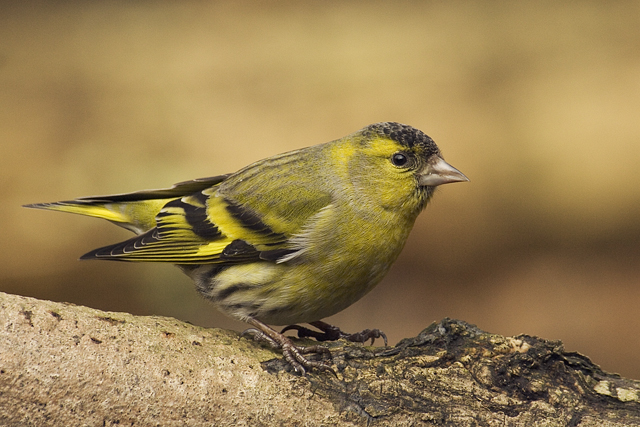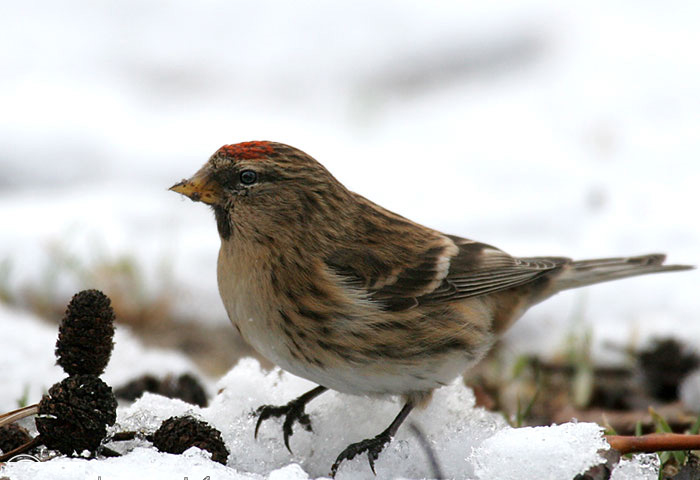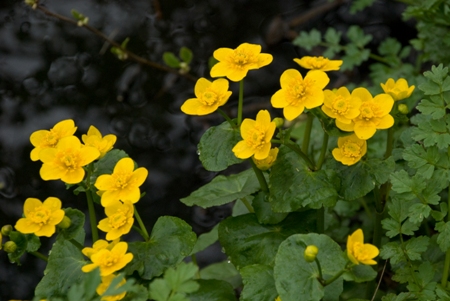
Michelle Salter writes:
Along the path from Boathouse Corner to Hemelite Bay, you will see the shiny, bright yellow petals of Marsh Marigold bringing bold splashes of colour to the edges of the pond. A member of the buttercup family, this ancient native plant, also known as Kingcups, May-bubbles, and Mollyblobs appears in early spring and is sometimes still in flower late into the summer months. Its sturdy, dark green, heart-shaped leaves offer shelter to frogs and other pond creatures.

Also making an appearance at Hemelite Bay, and on the banks of the smaller pond to the side, is the Cuckoo flower. Commonly known as Lady’s Smock, it has pretty, pink cupped or ‘frocked’ flowers. These pale blooms attract moths and early-flying butterflies such as the Orange-Tip, as well as bees and flies.

Adding colour to the woods and along the banks of the Brookly Stream are masses of tiny Forget-me-nots. The five sky-blue petals of the Forget-me-not fuse at the base to form a very narrow tube and the five yellow scales form a ring at the entrance of this tube. The golden colour in the centre of the flower attracts pollinating insects and is a nectar source for early solitary bees.

Common dog-violets are currently peeking out from under the boardwalks around the Gelvert Stream and Sandy Bay area. Unscented, these are one of the commonest violets and can be identified by the curved, paler spur at the back of the purple petals. The leaves of violets are a vital food source for the caterpillars of certain butterflies, particularly the Fritillaries, as they thrive for many months after the flowers have faded.
Next month, look out for Bogbean and the dreaded Skunk Cabbage.
Picture credits: Michelle Salter





